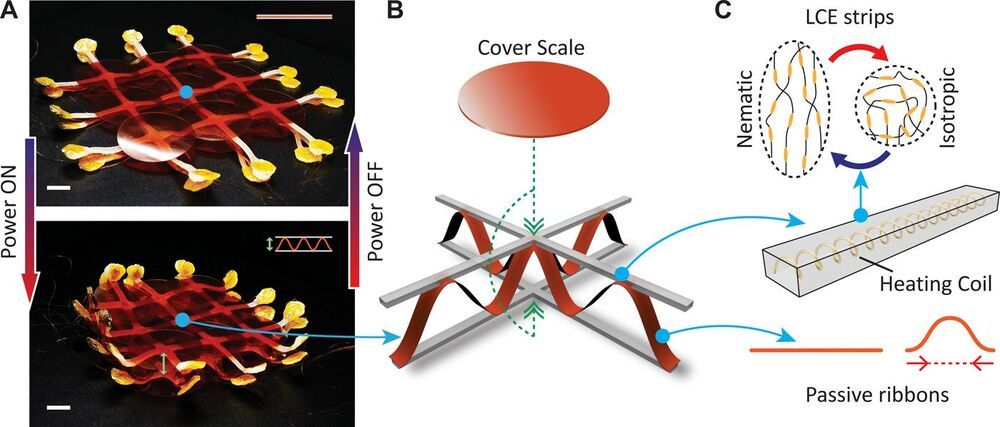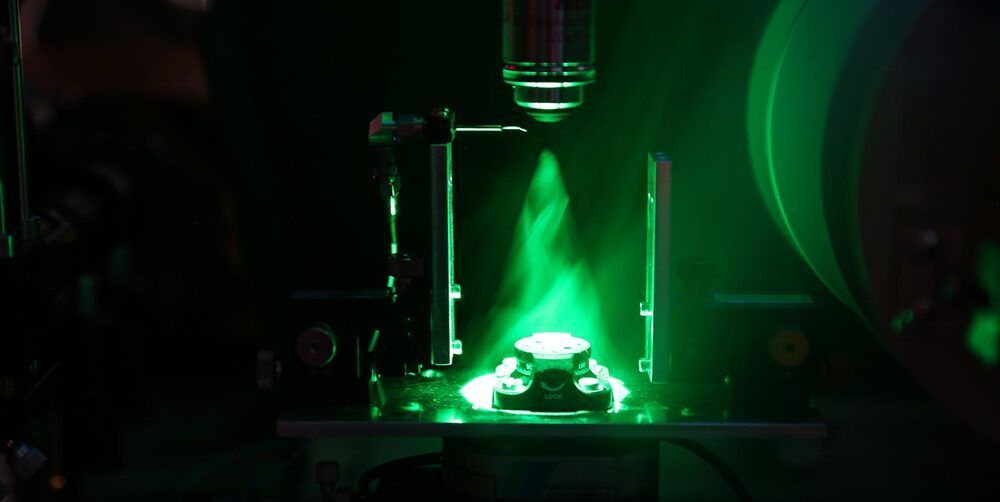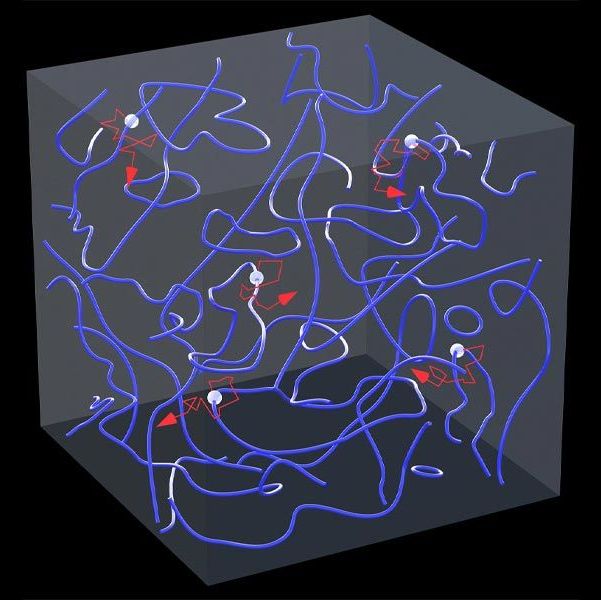Hydrogels are an exciting class of materials for new and emerging robotics. For example, actuators based on hydrogels have impressive deformability and responsiveness. Studies into hydrogels with autonomous locomotive abilities, however, are limited. Existing hydrogels achieve locomotion through the application of cyclical stimuli or chemical modifications. Here, we report the fabrication of active hydrogels with an intrinsic ability to move on the surface of water without operated stimuli for up to 3.5 hours. The active hydrogels were composed of hydrophobic and hydrophilic groups and underwent a dynamic wetting process to achieve spatial and temporal control of surface tension asymmetry. Using surface tension, the homogeneous active hydrogels propelled themselves and showed controlled locomotion on water, similar to common water striders.









